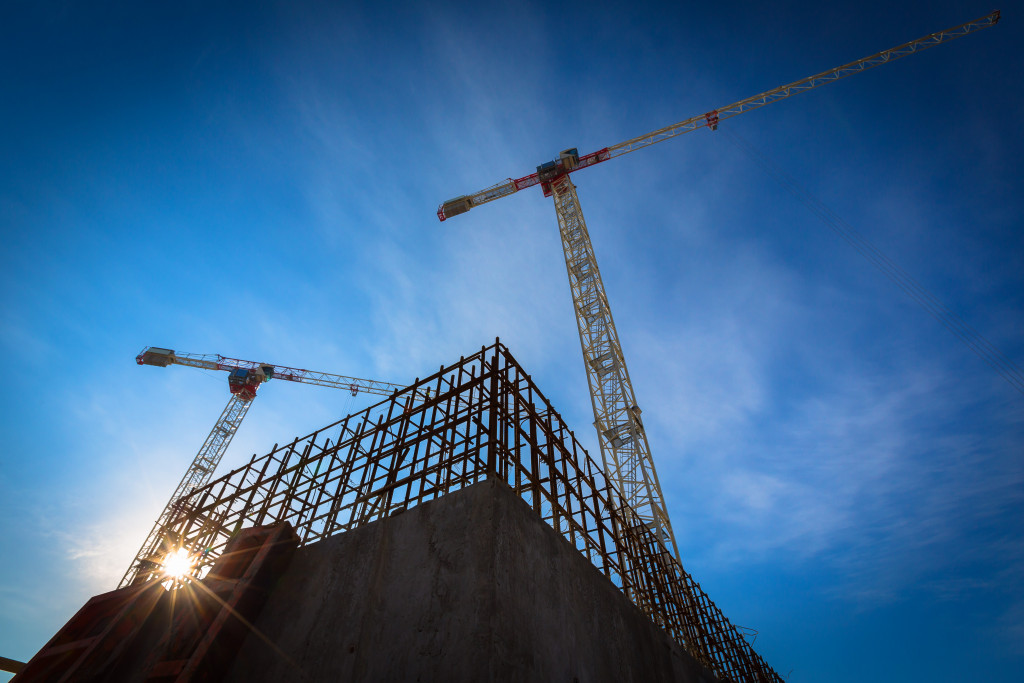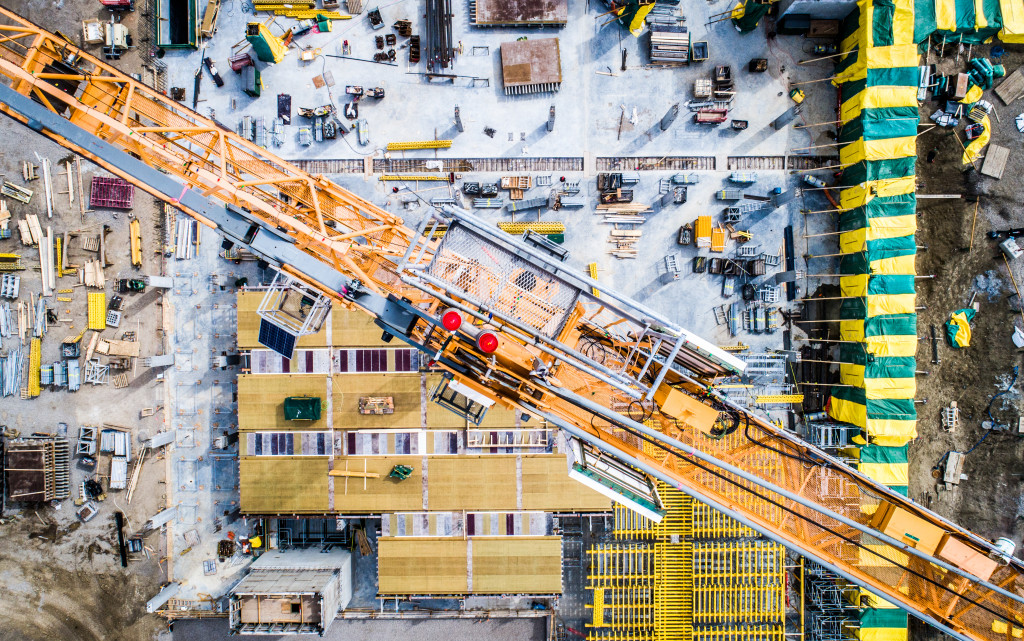- Efficient lifting operations in construction can be achieved through proper planning, quality equipment, competent personnel, strategic scheduling, safety measures adherence, and advanced technology.
- Efficient scheduling and use of technology can maximize resource utilization and minimize downtime, leading to greater operational efficiency.
- Safety measures and the use of technology protect the workforce and contribute to productivity by minimizing work stoppages.
- The principle of continuous improvement, through regular reviews and adaptability, ensures that operations remain efficient, safe, and competitive.
When running your construction business, ensuring the efficiency of lifting services is critical for success. By optimizing your lifting procedures, not only can you increase productivity, but also enhance safety and reduce operational costs. Explore some of the best strategies you can implement to achieve these goals.
Proper Planning
Proper planning is the cornerstone of efficient lifting operations, providing the groundwork for safety, cost-effectiveness, and productivity. Here are some tips:
Premium Crane System

Investing in a premium crane system lays the foundation for efficient and safe lifting operations. Opt for cranes that are not only robust and reliable but also incorporate advanced technological features. Including modern features such as load moment indicators, anti-collision systems, and automated hooking devices can significantly enhance operational efficiency.
These features can substantially improve safety by reducing human errors and providing accurate data that helps make informed decisions. Remember, a high-quality crane is a long-term investment that pays for itself through increased productivity, safety, and reduced downtime. Make sure to perform regular maintenance checks to ensure the crane continues to operate at its best, thus extending its lifespan and getting the most out of your investment.
Training and Qualification of Personnel
The competency of your lifting personnel is a critical aspect of efficient lifting operations. Implementing a comprehensive training and qualification program for your staff is a non-negotiable requirement. This program should include essential safety procedures, lifting equipment operation, load calculations, and even emergency protocols.
Remembering that a well-trained team is synonymous with reduced risks, fewer accidents, and improved productivity is crucial. The qualifications of the operators should be verified, and continuous education programs should be in place to ensure they stay updated with the latest safety standards and operational procedures. Thus, empowering your team with the right knowledge and skills not only fosters a safer work environment but also improves the overall efficiency of your construction business.
Efficient Scheduling
Efficient scheduling can be pivotal in enhancing the productivity of your lifting operations. It involves strategically planning the use of resources to avoid downtime and conflicts, thus maximizing efficiency. When outlining your schedule, consider equipment availability, weather conditions, and workforce capacity.
Implementing software solutions for scheduling can streamline this process, providing a clear overview of operations and facilitating easy adjustments when necessary. Good scheduling also minimizes your workforce’s and machinery’s idle time, ensuring that resources are used optimally and costs are controlled. Remember, a well-executed schedule boosts productivity and creates a safer and more organized working environment.
Safety Measures

Adherence to safety measures cannot be overstated in the context of lifting operations. Complying with safety standards and regulations and fostering a safety culture within your organization is crucial. This should include regular safety audits, usage of appropriate protective equipment, following lockout/tagout procedures, and ensuring proper load handling and lifting techniques.
Also, consider systems such as fail-safe mechanisms and redundancy plans to mitigate potential hazards. Remember that promoting a safe working environment protects your team from injuries and accidents and contributes to productivity and efficiency by minimizing unplanned work stoppages. Lastly, remember that safety measures should be seen as a continuous improvement, adapting to technological advancements, regulation changes, and evolving industry best practices.
Use of Technology
Implementing advanced technology in lifting operations is a powerful catalyst for efficiency improvement. Digital solutions like GPS tracking, remote monitoring, and predictive maintenance software can dramatically enhance operational performance by offering real-time data, facilitating quick decision-making, and minimizing downtime.
For instance, predictive maintenance software can aid in detecting potential equipment failures before they occur, allowing for proactive maintenance and thus significantly reducing unexpected equipment downtime. Meanwhile, remote monitoring can provide critical data about the crane’s operation, including load weight, wind speed, and other parameters, ensuring safer and more efficient operations.
Lastly, GPS tracking can contribute to effective fleet management, enabling precise and efficient allocation and use of resources. Embracing technology in this way promotes efficiency and safety and provides a competitive edge in the ever-evolving construction industry.
Continuous Improvement
Continuous improvement is an essential element of efficient lifting operations. This involves regularly reviewing your processes, performance metrics, and training programs and seeking ways to enhance them. It’s not just about reactively fixing problems but proactively identifying potential areas of improvement.
By fostering a continuous improvement culture, you’re constantly encouraging your staff to strive for excellence and efficiency. This might involve investing in new equipment, implementing innovative technologies, refining safety measures, or enhancing training programs.
Regular audits, employee feedback, and tracking operational data can guide these improvement efforts. Remember, standing still is not an option in a rapidly evolving industry such as construction. Continuous improvement ensures your operations remain efficient, safe, and competitive, driving your business growth.
In conclusion, optimizing your lifting operations is a vital part of your construction business’s success. It’s a journey of continuous improvement and adaptation. Now, it’s your turn to implement these strategies, enhance your productivity, and elevate your safety standards. Start today and experience the transformation in your operations!

